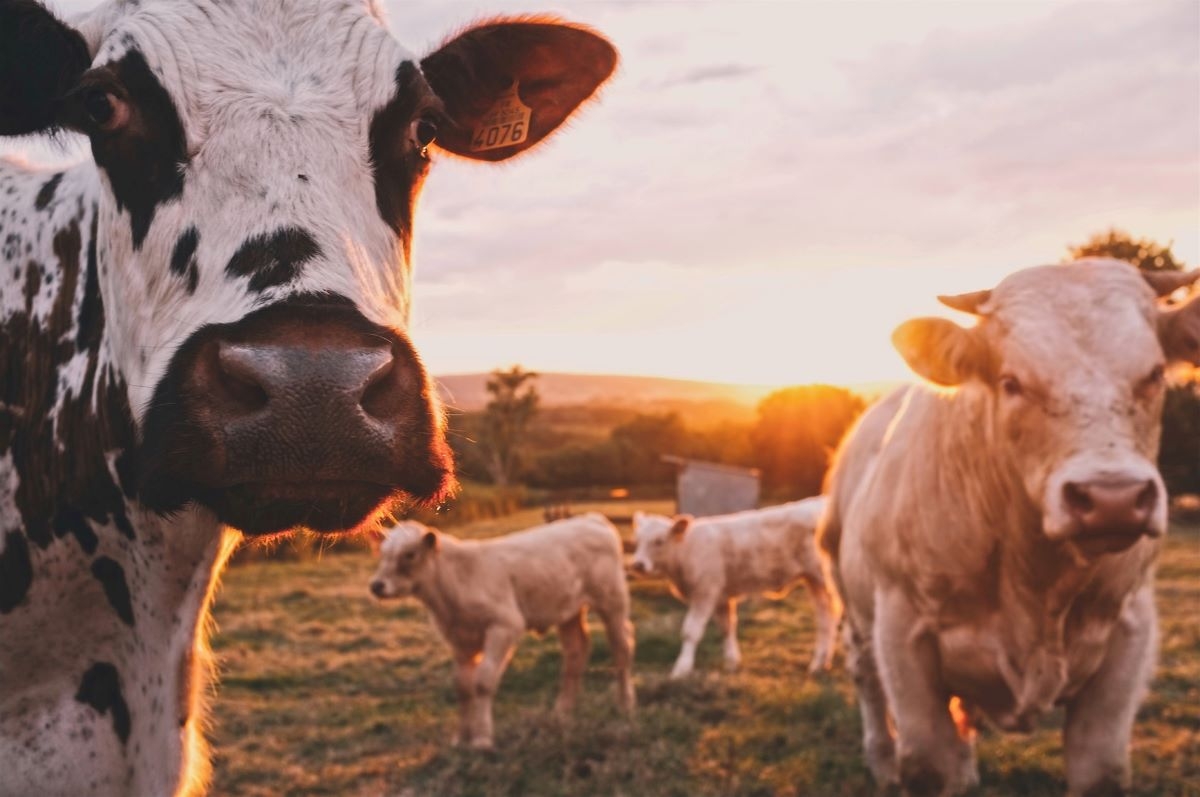
COVID-19 disruption reveals challenges in our meat supply
By Sarah Berger Richardson
While supply chains struggle to keep up, COVID-19 is revealing how the erosion of local slaughterhouses in recent years has jeopardized the quality and reliability of our meat supply.
First it was toilet paper. Then flour. Then eggs. Will meat be next?
Over the past few weeks, we’ve witnessed consumers hoarding food and panic buying in supermarkets. Experts were quick to reassure us that our supply chains are strong and that missing items would soon find their way back onto the grocery shelves. This has largely been true. The toilet paper, the flour and the eggs are slowly reappearing.
However, it is growing increasingly clear that the challenge to food availability is not only consumer anxiety and increasing demand. Cracks are emerging on the supply side.
COVID-19 has shone a light onto the invisible labour that gets our food from farm to fork. The temporary foreign workers who harvest our food, the employees at processing facilities who prepare and package our food, the truckers who transport it, the grocery store clerks who run the cash and stock shelves. We rely on all of them and they are struggling.
The media is reporting that truckers are being denied entry to restrooms, grocery clerks are being harassed by customers, bordure closures may delay the arrival of temporary foreign workers and even that trading partners may begin restricting agrifood exports.
Also caught in the COVID-19 crossfire are workers in Canada’s abattoirs and meat processing plants. We know that occupational health and safety risks in slaughterhouses are widespread, including injuries related to repetitive movements, holding awkward postures for extended periods and working in extreme temperatures surrounded by fast-moving sharp instruments.
With COVID-19, potentially dangerous working conditions are made even worse.
Over the past two weeks, a series of outbreaks have been reported in slaughter facilities across the country. Employees who work elbow to elbow with one another claim their employers were too slow in implementing physical distancing measures. There are also reports of federal meat inspectors withdrawing their services amidst concerns about their own safety at federally licensed plants.
Regulations for intraprovincial meat sales vary from province to province, but meat that crosses provincial lines is subject to federal legislation. Under federal regulations, it is illegal to sell meat that has not been inspected. When inspectors refuse to show up, facilities cannot process their animals. Several have closed their doors.
In Ontario, Maple Leaf Foods closed a major poultry plant in Brampton after three people working at the facility tested positive for COVID-19. In Quebec, Olymel will slowly reopen its pork processing facility in Yamachiche this week after suspending activities for 14 days and causing serious delays.
In the U.S., some of the world’s biggest meat processors, including JBS USA, Cargill, and Smithfield Foods, are also closing their doors. There are warnings of a meat shortage during the coronavirus pandemic.
For some consumers, a disruption to the meat supply will simply mean reaching further into the pantry and honing their bean cooking skills. Indeed, now may be the perfect time for everyone to reduce their meat consumption. We know that eating less meat is healthier for our bodies and also the planet. But eating less meat does not mean we should not be paying attention to how the meat we do eat is produced.
If the closure of a few large federal meat facilities significantly disrupts the supply chain in the coming weeks, we will quickly learn the limits of our current model of meat production.
For years, local food advocates have been sounding the alarm bell about the centralization of slaughterhouses in Canada. Fewer facilities are controlling the majority of the meat processed in the country while local slaughterhouses continue to close, causing longer wait times, longer distances for transport and increased costs.
Even before the COVID-19 pandemic, many producers who wanted to sell their meat locally reported serious challenges finding an abattoir who would take them on as clients. Now that the novel Coronavirus is forcing larger facilities that process thousands of animals at a time to close their doors as well (even if only temporarily), the lack of resilience of our production model is becoming clear.
When vulnerabilities are exposed in the supply chain, it is common for consumers to seek alternative sources for their food, avoiding grocery stores and instead purchasing directly from farmers they know and trust. Farmers markets are now experimenting with shifting sales to online platforms and membership-based food baskets are running at full capacity. However, while demand for local meat will certainly be on the rise in the coming weeks and months, many will be disappointed to learn that producers have nowhere to send their animals for slaughter.
COVID-19 is bringing into focus how the erosion of local slaughterhouses across the country has jeopardized the quality and reliability of our meat supply. If we want to support a more ethical and just food system when this is over, we are going to have to rethink how we raise and slaughter animals for food.
Sarah Berger Richardson is an Assistant Professor at the Faculty of Law (Civil law section) and a member of the Centre for Health Law, Policy and Ethics at the University of Ottawa. She is also the President of the Canadian Association of Food Law and Policy.
Photo: Stijn te Strake, Unsplash









